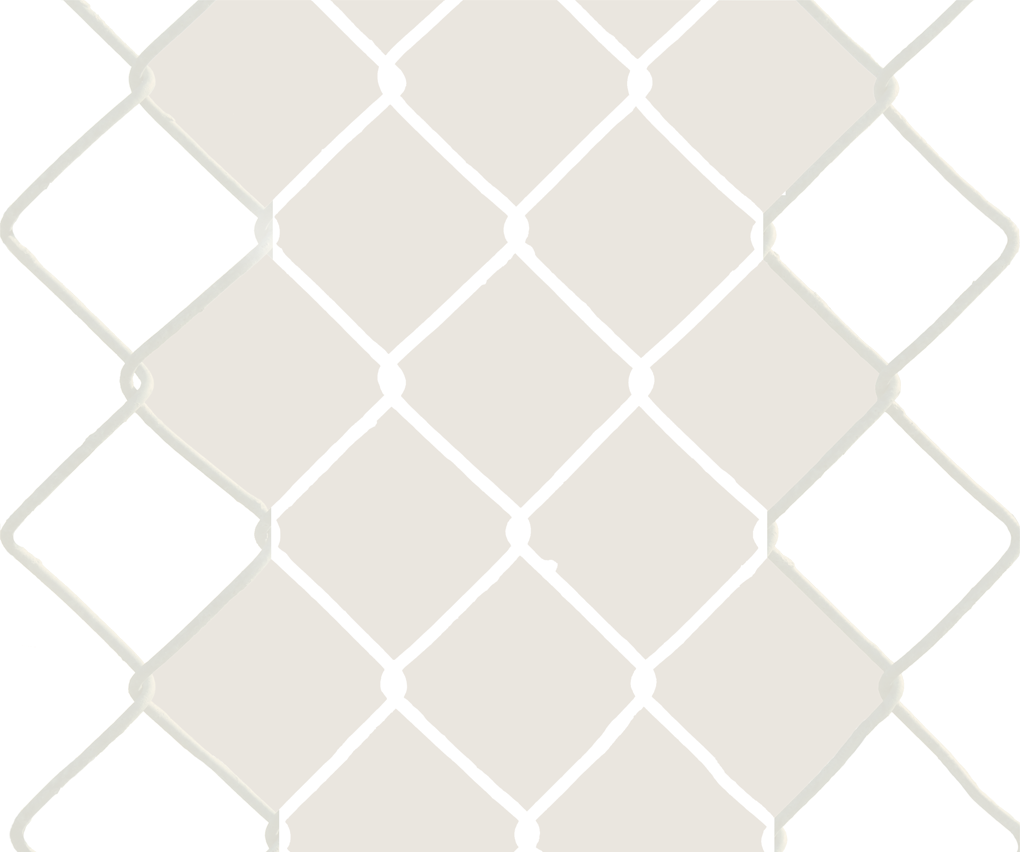Chapter 1 for a used audio book recording of Ursula K. Le Guin's The Dispossessed was made at DittoDitto Books in Detroit on August 23, 2014. It was read by Maia Asshaq. Notes, underlined passages and marginalia from 16 used copies of The Dispossessed are read by Danielle Aubert, Greg Baise, stephen garrett dewyer, Iris Eichenberg, Paul Goodrich, Scott Hocking, renée hoogland, Bianca Ibarlucea, Jennifer Junkermeier, Megan Major, Jule Osten, Matthew Piper, Zeb Smith, Jason Sudak, Eliot Williams and Eva Zielinski. |
The books that were used to make Chapter 1 of the used audio book of The Dispossessed came from a collection of over one hundred copies of Ursula K. Le Guin’s popular 1974 novel. Most of the 100+ books acquired for this collection were purchased from online resellers. The position of the used, mass market paperback is in transition. What little value it has is under threat. The Dispossessed is available cheaply or for free as an e-book (Amazon), audio book (Audible), PDF or TeX file (Anarchist Library). Le Guin herself has recently taken a position against Amazon's power over authors and attempt to monopolize the e-book business.
The Dispossessed is the story of Shevek, a physicist from the anarchist planet Anarres, and his travel to a nearby planet, Urras. The “ambiguous utopia” on Anarres is a place that was rationally conceived after a revolution on the planet Urras. Its citizens created a new language and a new society based on anarchist principles — devoid of possessions, gender hierarchy and forced labor. In The Dispossessed, Le Guin imagines the everyday reality of life in a revolutionary anarchist society and examines the perils of societies that privilege those who amass wealth.
Her novel invites re-reading forty years later against the backdrop of spontaneous uprisings occurring with increasing regularity around the world (Ferguson, Hong Kong, Egypt, Turkey). The previously owned books in this library are brought together as a community of objects, united to take part in a ‘collective re-reading action,’ before being returned to the brutal world of the paperback aftermarket. Chapters 2 to 13 to come.
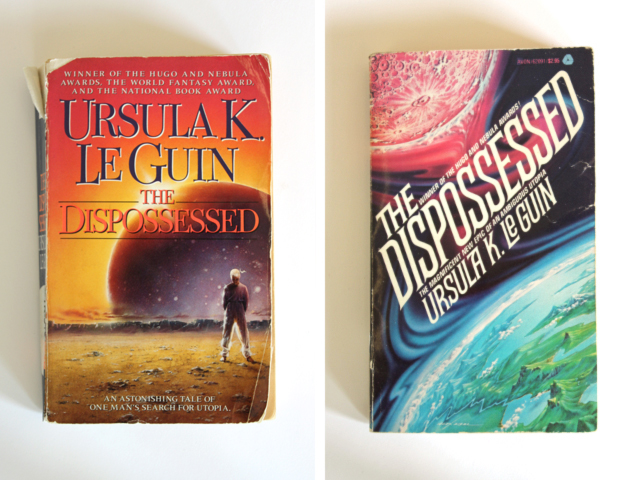 |
HarperPrism (first printing September 1994). Pencil and pen marks throughout.
|
Avon (first printing July 1975). Underlines throughout, copious difficult-to-read notes on the opening black pages.
|
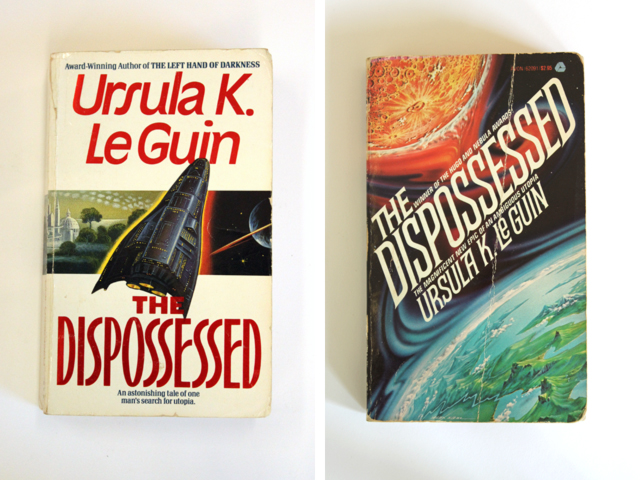 |
HarperPaperbacks (first printing February 1991). Highlights in pen and some margin notes.
|
Avon (first printing July 1975). Green highlighter pen marks in text.
|
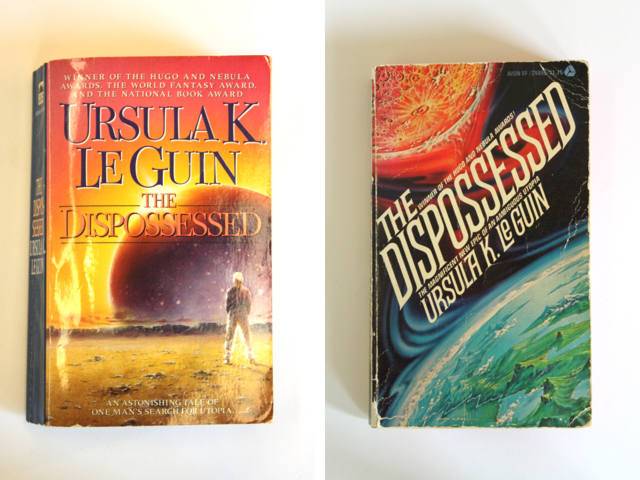 |
EOS (first printing August 2001). Pen marks in margin.
|
Avon (first printing July 1975, sixth printing). Occasional very faint yellow highlights, stamps on inside front cover for a store called Value Book Center in Greensburg, Indiana.
|
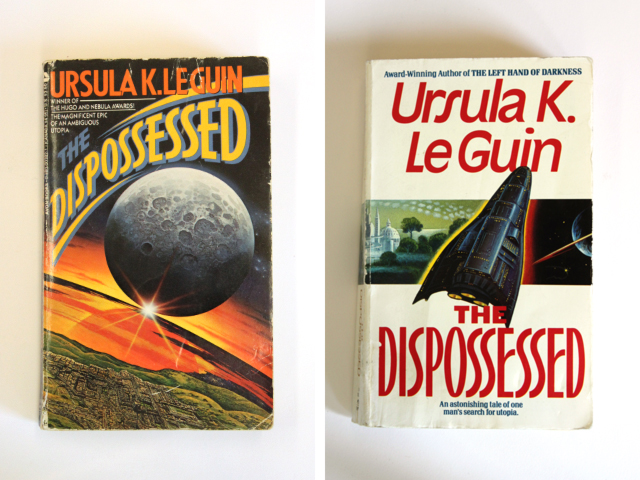 |
Avon (first printing July 1975). Small blue pen marks in text to bracket off sections, and the handwritten word "Anarchy" on the opening page of Chapter 1.
|
HarperPaperbacks (first printing February 1991) book manufactured in the United Kingdom. Pencil underlines and bracketed sections of texts.
|
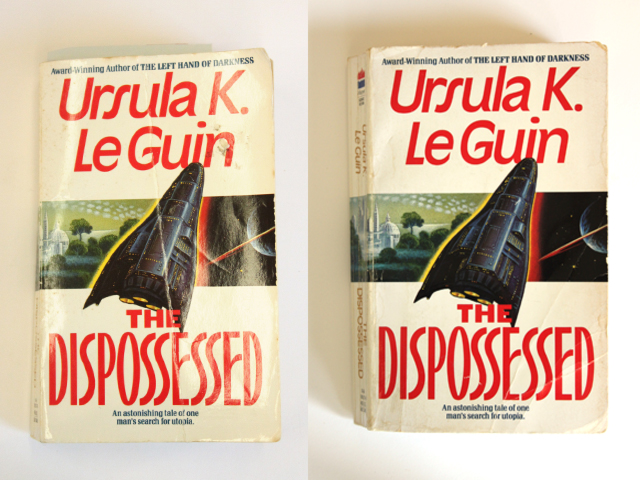 |
HarperPaperbacks (first printing February 1991) book manufactured in the United Kingdom. Light pencil marks throughout.
|
HarperPaperbacks (first printing February 1991) book manufactured in the United States. Blue pen marks and yellow index card left inside (may have been used as a bookmark).
|
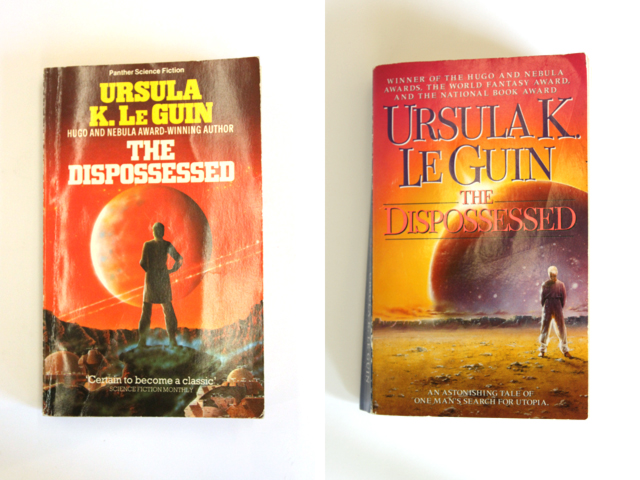 |
GraftonBooks (HarperCollinsPublishers, first printing 1975, reprinted ten times), printed in Great Britain. Just one word, "prophylactic", underlined in this book.
|
Harper Voyager (first printing August 2011).
|
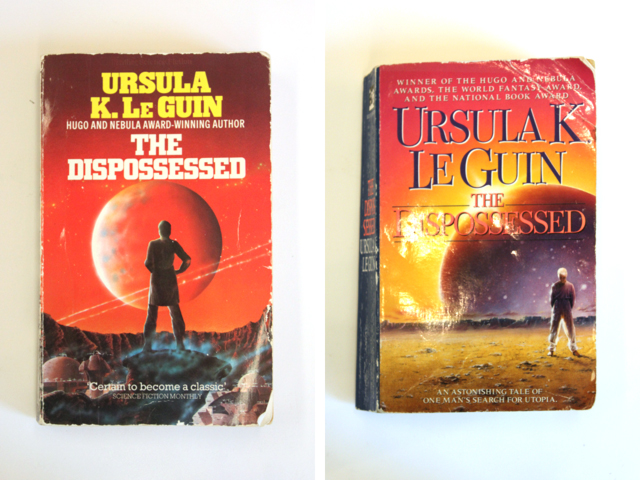 |
GraftonBooks (HarperCollinsPublishers, first printing 1975, reprinted nine times), printed in Great Britain. Just the phrase, "Perhaps it won't always be so," underlined in pencil in chapter 1.
|
EOS (first printing August 2001). Pencil and pen marks throughout.
|
| |
|
|
